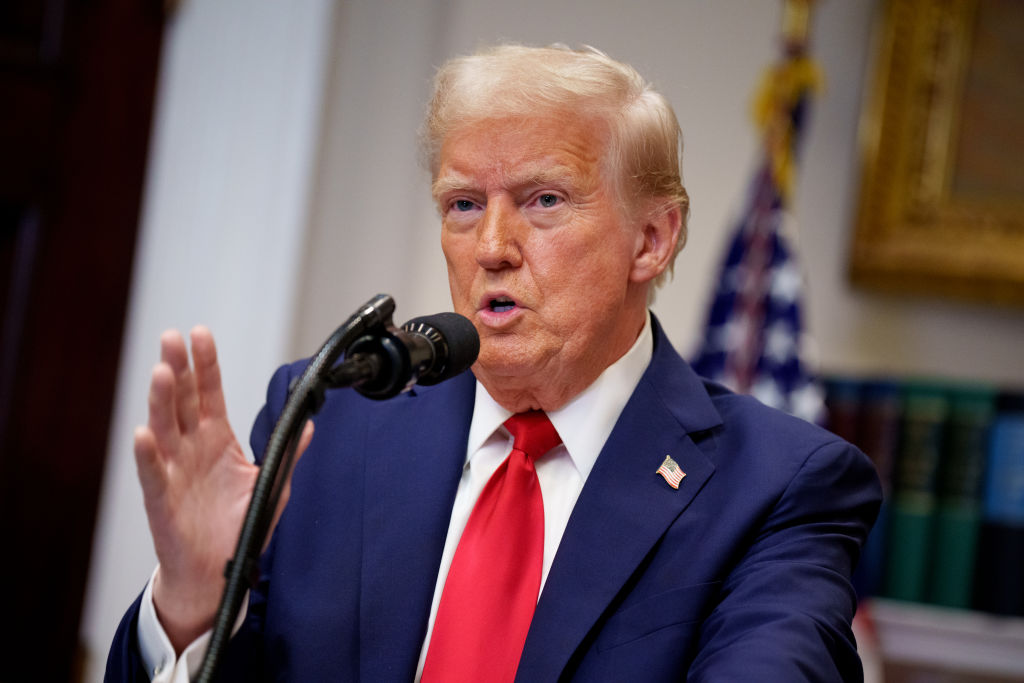On Wednesday, the US Department of the Treasury released a 2024 Non-fungible Token (NFT) Illicit Finance Risk Assessment. This assessment delves into the vulnerabilities linked to NFTs and NFT platforms, highlighting how illicit actors could leverage them for money laundering, terrorist financing, and proliferation financing.
The assessment finds that NFTs
Register for free to keep reading.
To continue reading this article and unlock full access to GRIP, register now. You’ll enjoy free access to all content until our subscription service launches in early 2026.
- Unlimited access to industry insights
- Stay on top of key rules and regulatory changes with our Rules Navigator
- Ad-free experience with no distractions
- Regular podcasts from trusted external experts
- Fresh compliance and regulatory content every day

















